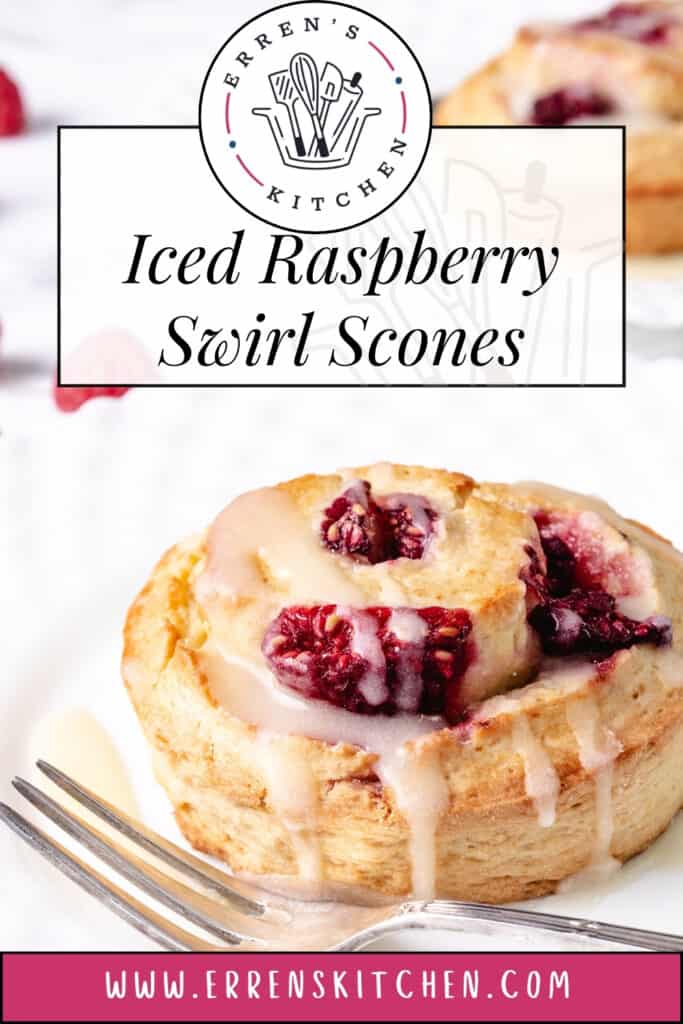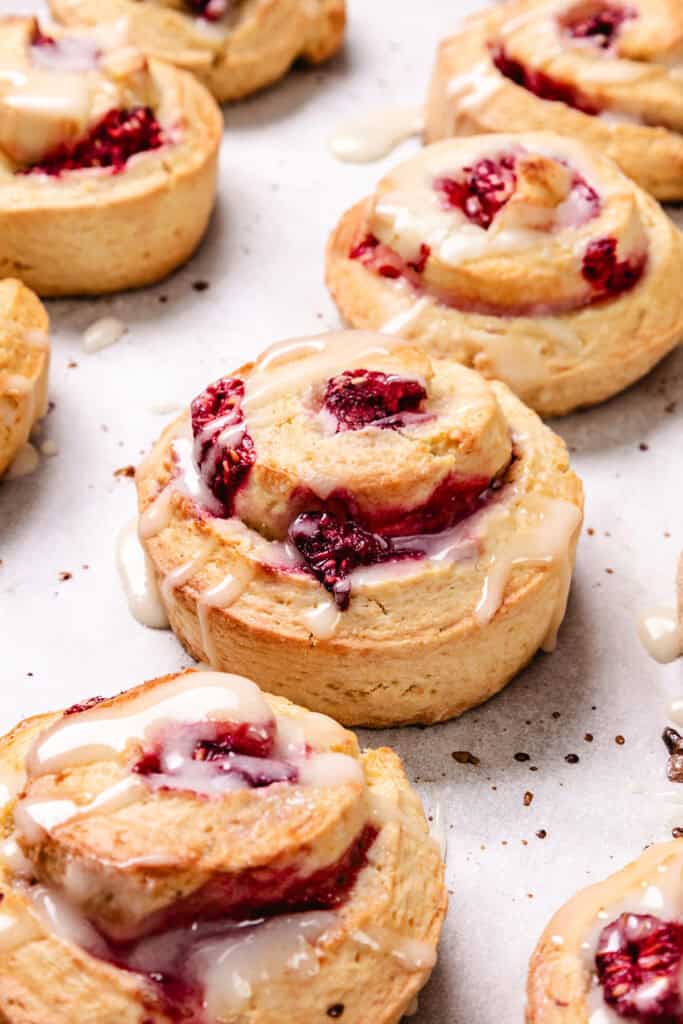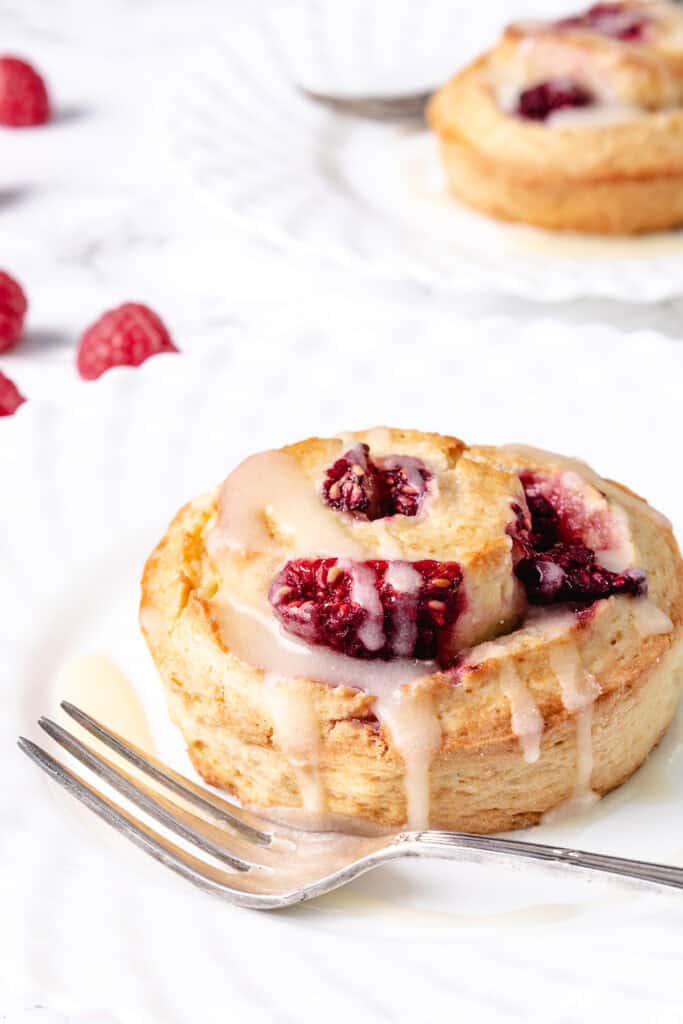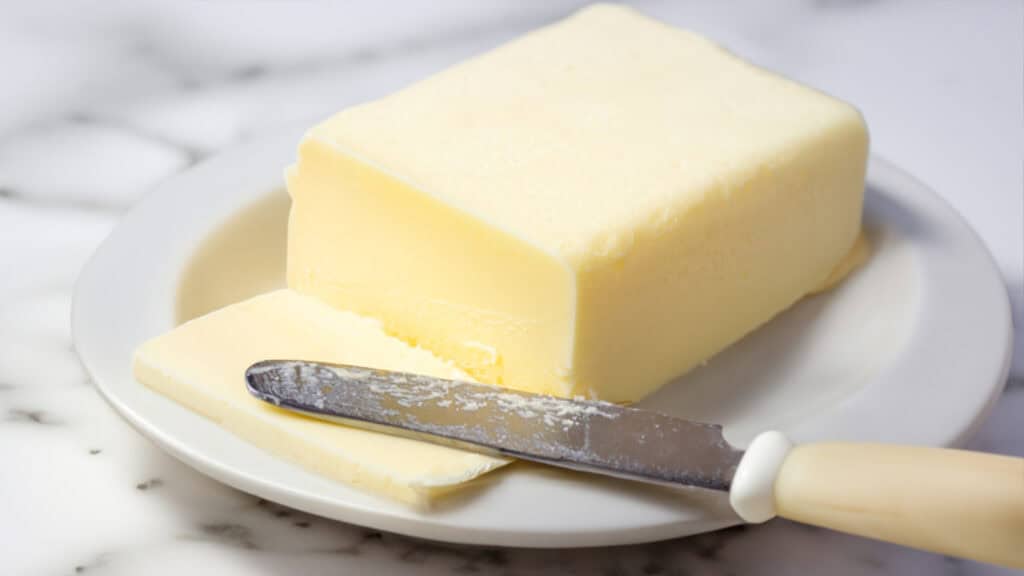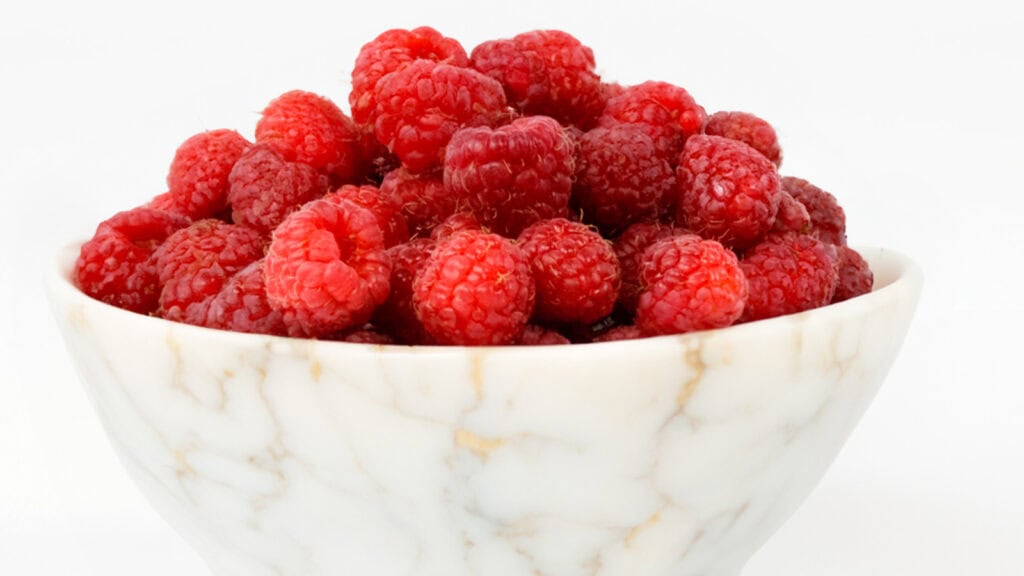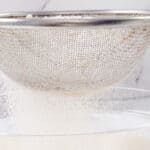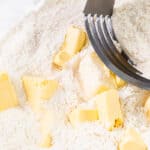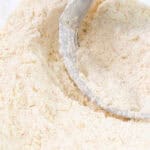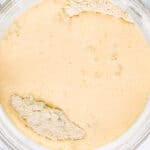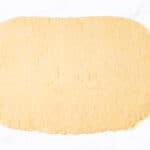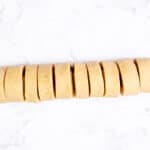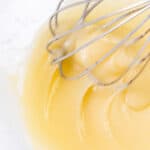For the ultimate scone experience, seek out high-fat European butter. This kind has a higher butterfat content, which creates more steam pockets during baking, leading to those beautiful flakes. Plus, European butter often boasts a richer flavor that elevates your scones from good to great. If European butter isn’t available, don’t fret! Regular unsalted American butter (at least 80% fat) will work fine. You might need to adjust your recipe slightly by adding a touch of extra cold heavy cream or buttermilk for the best results.
Cold, Cold Butter: This is the golden rule. Cold butter creates tiny pockets of steam as it bakes, separating the dough layers and giving you that beautiful flakiness. Aim for butter straight from the fridge or even cubed and frozen for a bit extra insurance. Minimal Handling: Overworking the dough develops the gluten, producing a tough scone. Use a pastry cutter or fingertips to work the butter into the flour until it resembles coarse crumbs. Gently bring the dough together with a light touch. Light Liquids: Don’t overhydrate your dough! Use just enough liquid (buttermilk, cream, or milk) to form a shaggy mass. A little goes a long way in keeping those layers nice and distinct. Chilling Time: Patience is a baker’s virtue. After mixing, let your dough chill in the fridge. This allows the butter to solidify further, creating even more steam pockets during baking. Gentle Shaping: Resist the urge to roll out your dough too thin. Aim for a thickness of about 1-1.5 inches to allow for proper rise and maintain those flaky layers.
For longer storage, freeze them individually wrapped for up to 3 months. Thaw overnight in the fridge and reheat in the oven or microwave for a delicious treat anytime. Erren’s Kitchen is written and produced for informational intentions only. We are not certified nutritionists, and the nutritional information found on this site has not been assessed or authorized by a nutritionist or the FDA. The nutritional information found in our recipes is offered as an estimate and should not be considered a guarantee or fact. The estimated data is provided as a courtesy and calculated through a third-party online nutritional calculator, spoonacular API. Although we do our best to provide accurate nutritional information, these figures should be considered rough estimates. Many factors, such as brands or products purchased and the nutritional fluctuations that naturally occur in fresh produce, can alter the effectiveness of the nutritional information in any recipe. Furthermore, various online calculators provide different results depending on their particular algorithms and nutrition fact sources. To obtain the most precise nutritional information in a provided recipe, you should calculate the nutritional information with the exact ingredients you are using when preparing the recipe using your preferred nutrition calculator.
